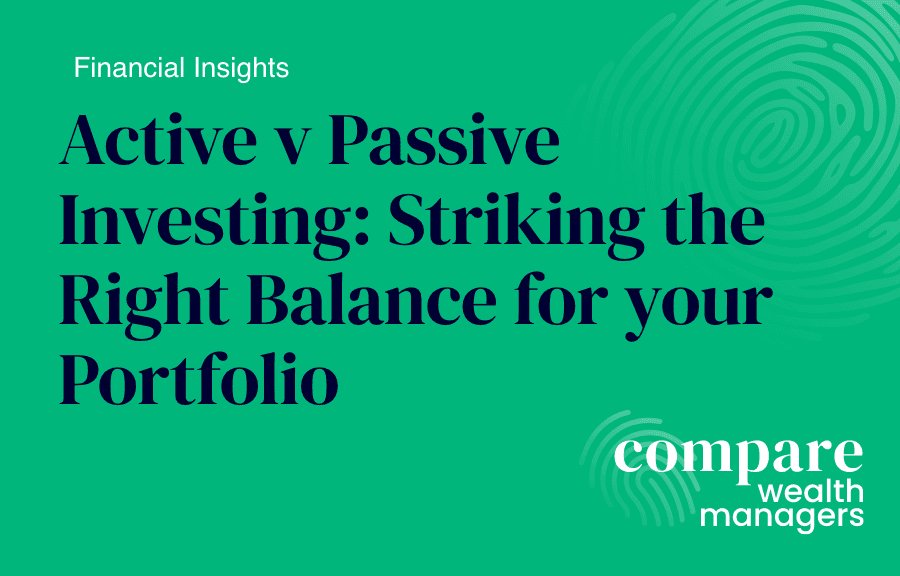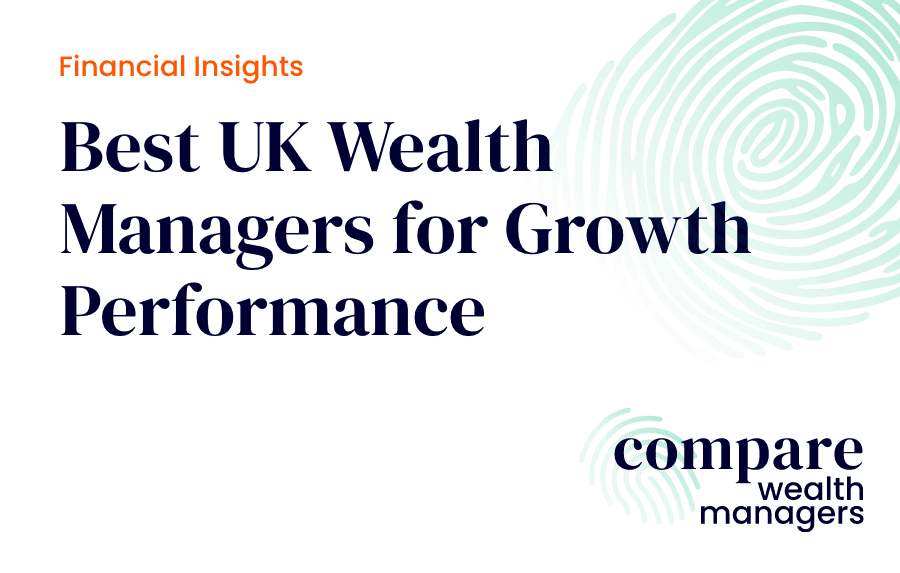Contents
Key Takeaways
Know what drives each approach. Active investing relies on research and manager insight to outperform benchmarks, while passive investing tracks market indices through low-cost ETFs and funds.
Active management can protect capital in volatility. Skilled managers can reduce exposure to overvalued or high-risk stocks during market stress, preserving wealth when indices fall.
Index funds aren’t immune to hidden risks. Passive portfolios can become overexposed to specific sectors, as seen before the 2008 financial crisis, amplifying losses when markets turn.
Costs are converging, but value matters most. The fee gap between active and passive investing has narrowed, shifting the focus to long-term performance, flexibility, and risk control.
The future favours adaptable strategies. In an era shaped by AI, technology, and shifting valuations, combining active expertise with passive efficiency offers the most resilient path to growth.
After a decade of record inflows into passive funds, individual investors are beginning to ask whether “buying the overall market” still works in an era of stretched valuations, rising volatility, and rapid technological change. Active management, long criticised for its higher fees, is quietly regaining relevance as investors seek flexibility, insight, and control [1].
To explore the issue, we spoke with Bertie Butler, Investment Manager at Quilter Cheviot, who explains the evolution of the active-versus-passive debate, where each approach adds value, and how combining the two can build stronger, more resilient portfolios.
The key differences between active and passive investing
At its simplest, passive investing tracks a benchmark such as the FTSE 100 or S&P 500 through low-cost index funds or mutual funds. It’s efficient, transparent, and disciplined, but it removes any ability to outperform (or sidestep downturns) when market conditions change.
By contrast, active investing is a hands-on process where fund managers select securities they believe can outperform over the long term. “Active investment is like taking a black cab instead of an Uber,” Butler says. “You pay a little more, but you benefit from the driver’s knowledge, and perhaps some reassuring commentary when you hit traffic.” [2]
When Active Management Proves Its Worth
Passive strategies have expanded markedly over the past two decades, Goldman Sachs data show that passive ownership of the typical S&P 500 company has climbed from about 18 per cent to 26 per cent today, yet markets continue to remind investors of the enduring importance of experience, discipline, and active judgement [3].
During the dot-com bubble, passive investors tracking broad technology indices suffered sharp losses as unprofitable companies collapsed. Active fund managers were able to reduce exposure and avoid the most speculative names.
The same flexibility helped during the pandemic’s early phase, when entire industries stalled overnight. “We exited positions such as Carnival, clearly facing a tough few years, and used that capital to add to companies benefiting from remote work, like Microsoft,” Butler explains. “That’s a shift passive investors couldn’t make.”
Equally important, active managers help clients stay invested through volatility. “Timing the market rarely works,” he adds. “Having someone who’s lived through cycles can calm the natural investor nerves.” [4]
The Case for Combining Both Approaches
Active and passive investing are not mutually exclusive. Butler highlights that modern investment management uses both, blending index funds and direct stock holdings within a single strategy.
"We can use passive investments for efficient exposure to certain markets, while actively selecting positions elsewhere. Flexibility is the real advantage,” Buttler says. This hybrid approach has been vital in the U.S., where the so-called “Magnificent Seven”: Apple, Amazon, Microsoft, Google, Meta, Nvidia, and Tesla now represent over a third of the S&P 500. Combining trackers with active allocations allows investors to participate in dominant companies while managing concentration risk across their portfolio management process [5].
Avoiding Hidden Risks in Passive Investing
Passive investing offers simplicity, but investors can underestimate how index composition changes risk [6]. Before the 2008 financial crisis, a UK tracker fund had roughly a quarter of its exposure in domestic banks. Two years later, several institutions had vanished, and the sector’s weight halved, a brutal reminder that diversification by name doesn’t always mean diversification by outcome.
Valuation discipline is another factor. “The highest-valued stocks tend to underperform over time,” Butler notes. “Active managers can sell shares that have become too expensive and buy them back later when markets correct.”
That flexibility is particularly relevant today as market trends shift rapidly and investment advice becomes increasingly important in avoiding overexposure to fashionable sectors.
Weighing Cost Against Value
Cost is often presented as the deciding factor, but the gap between active and passive investing has narrowed sharply. Passive ETFs typically charge 0.1–0.3%, while discretionary or actively managed portfolios can range from 0.6–1.0% depending on complexity.
“Unless you’re 100 per cent in global equities,” Butler says, “you’ll still pay someone to decide on asset allocation, and some specialist passive structures now charge near-active levels.”
The real distinction lies in value for money: access to research, behavioural guidance, and the ability to respond to market shifts. As Butler puts it, “A good active manager doesn’t just manage your portfolio; they manage your decisions.” [7]
Three Key Principles for Investors
For those choosing between managing their own passive portfolio or delegating to professionals, Butler distils his advice into three core ideas:
- Flexibility: Active managers can invest across asset classes, regions and instruments, including passive funds, to build resilient portfolios.
- Perspective: Professional oversight helps investors stay disciplined and avoid emotional decision-making during volatile markets.
- Valuation discipline: Active managers can reduce exposure when assets become expensive, protecting capital and positioning for future opportunities.
The Road Ahead: Active Insight in an AI Age
As markets evolve, so too does the role of the investment manager. “Today, with certain segments looking stretched, we believe flexibility is crucial,” Butler says. “Periods like these have historically marked turning points for active management.”
Artificial intelligence, thematic trends, and new asset classes are reshaping the investment landscape, but experience, analysis and discipline remain timeless. For sophisticated investors, the real question is no longer active or passive, but how to blend both intelligently to achieve lasting, risk-adjusted growth.






